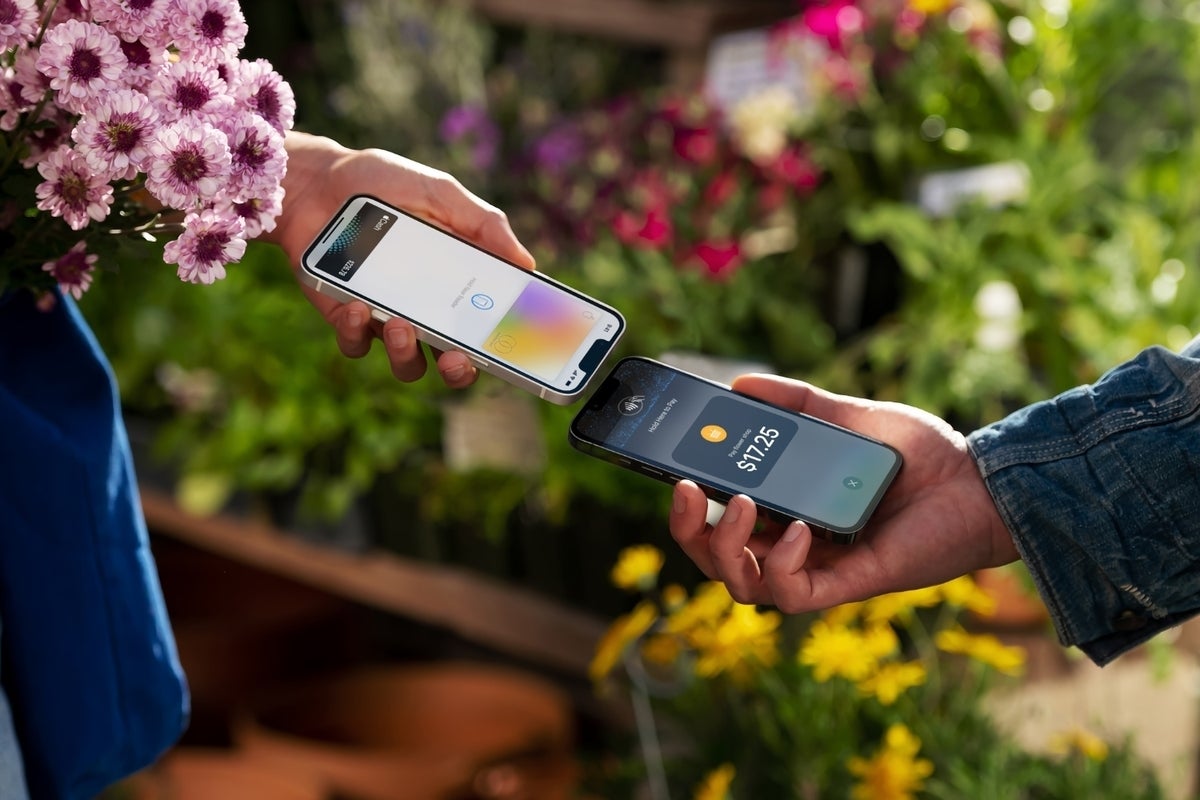It's been 15 years since the iPhone gave rise to the modern smartphone, and mobile now sits at the center of almost every thing we do. So it matters that US shoppers will soon find retailers prepared to take contactless payments using iPhone’s new Tap to Pay feature.
The retail experience is a mobile experience
One of the biggest US payment services providers, Adyen, has officially commenced support for Tap to Pay in its merchant networks and retailers.
Based (we think) on technology Apple purchased with Mobeewave in 2020, Tap to Pay lets retailers accept payments using an iPhone XS or newer from iPhones, contactless cards, and digital wallets from any provider choosing to support the system. Realistically, this represents the latest evolution in the mobile transformation of the retail customer journey we’ve been experiencing since Apple’s Steve Jobs climbed the stage in 2007 to show us a mobile phone that could also play music and had a real web browser.
Apple’s moves into retail have never been particularly disguised. The company runs its own global network of highly profitable retail stores and has used them to try out its ideas.
Mobile transformation of everyday life
Even before your iPhone became your wallet, consumers used the devices to check prices while in a shop (“Showrooming”), to source discount codes, and engage with manufacturers. Apple has simply moved with these demands, introducing supporting tools such as Maps, Apple Business Chat, Apple Pay, ARKit, and (in iOS 16) an expansion of tools to create and use indoor maps.
The company may have been mocked when company retail chief Angela Ahrendts introduced a new approach to retail in which stores became “town squares” and Jony Ive designed attractive pots to contain forests of indoor trees in Apple retail stores.
That mockery masked Apple’s willingness to explore how mobile technologies could support personalized, next-generation shopping experiences, increasing customer loyalty, connectivity, and, of course, revenue. Retailers, experiencing the same changes in shopping habits, watched closely; as Apple’s solutions emerged they continued to adopt them.
The future of retail?
Back in 2018, CFO Luca Maestri boasted Apple was experiencing, “industry-wide adoption of iOS at thousands of retailers, from neighborhood boutiques to many of the best-known retailers in the world.”
He said nine out of the top 10 global retailers used iOS at that point, mainly to help provide personalized customer experiences.
Tap to Pay brings even more aspects of the customer journey to the mobile fold. Easy to use and deploy, it may even enable retailers to deliver another set of innovations, meeting the same demands for mobility, personalization, and autonomy that are now also transforming how we work as employees demand more.
“Together, we have already put iPhones in the hands of thousands of store associates. Now, these devices can become payment terminals with no additional hardware,” said Stephan Schambach, founder and CEO of NewStore, one of the networks enabled by Adyen.
Adyen is not the only payments firm to adopt the service. Square, Stripe, Chase, Clover, GoDaddy, North American Bancard, and Worldpay all plan to follow suit, Apple says.
Convergence seems simple, but it’s not
“Today’s consumer is a savvy shopper, armed with more product knowledge than ever before," Rodney Bryant, IBM Global Business Services Retail Industry Lead for the Apple Partnership Team, told me in 2017. "The convergence of physical and digital in retail is driving customers’ desire [for] a convenient, personalized experience."
Five years later, we’ve seen that convergence accelerate across daily life, with personalization and improved experiences becoming just as important when it comes to the workplace as it now is in stores.
Apple, meanwhile, seeks to turn its hard won customer loyalty into gold dust with a slew of online and offline services, and with its BNPL system preparing to help cash-strapped consumers tap those iPhones to keep buying stuff — even when they probably shouldn’t.
Please follow me on Twitter, or join me in the AppleHolic’s bar & grill and Apple Discussions groups on MeWe.






